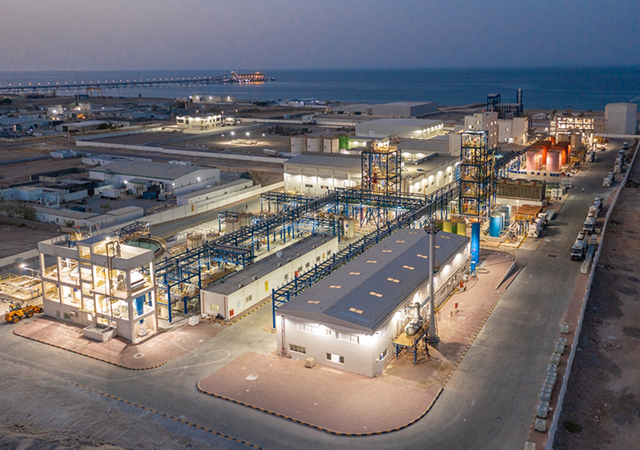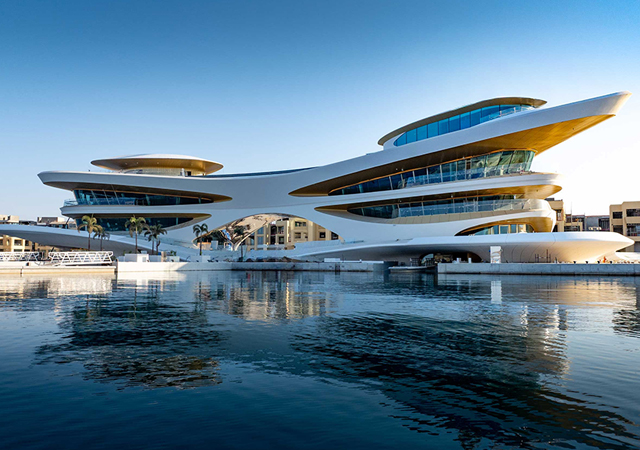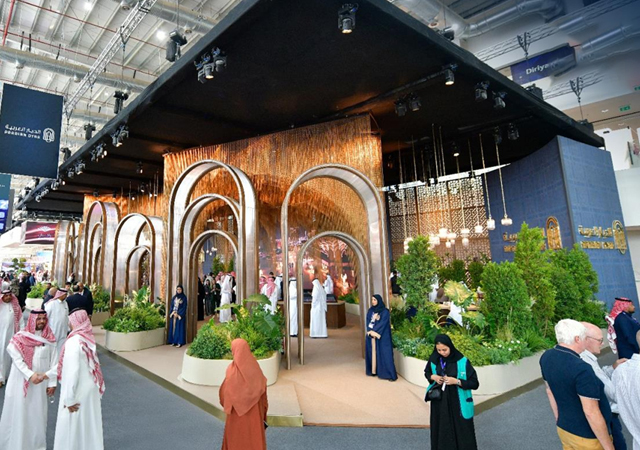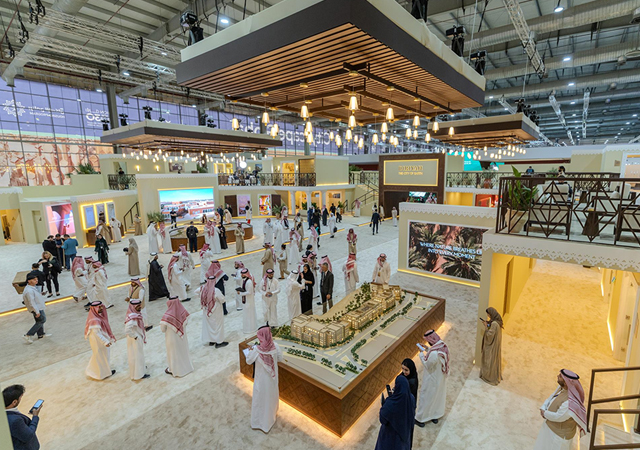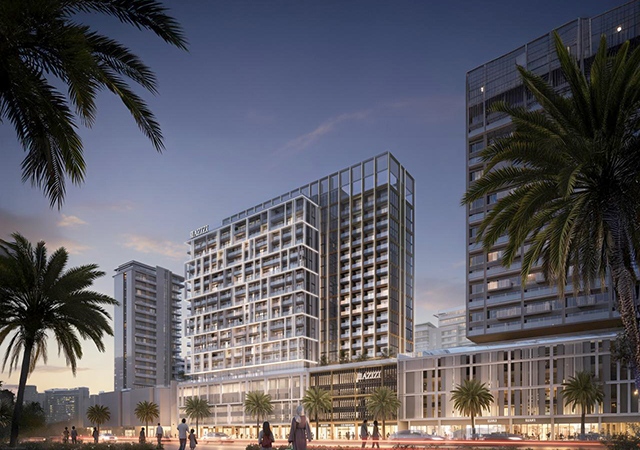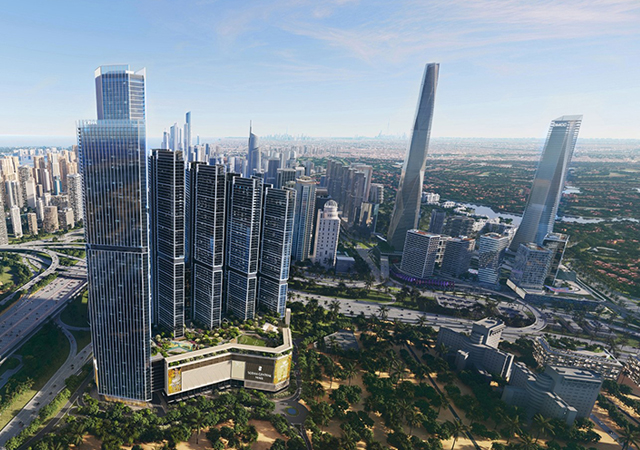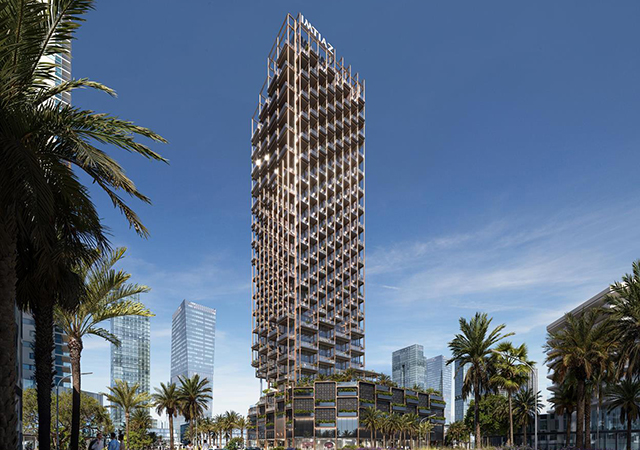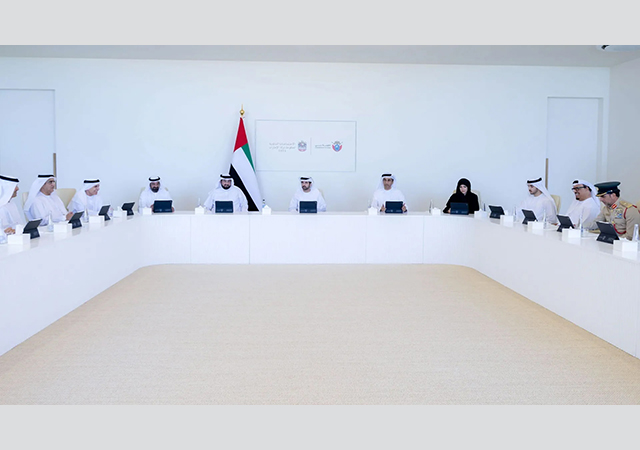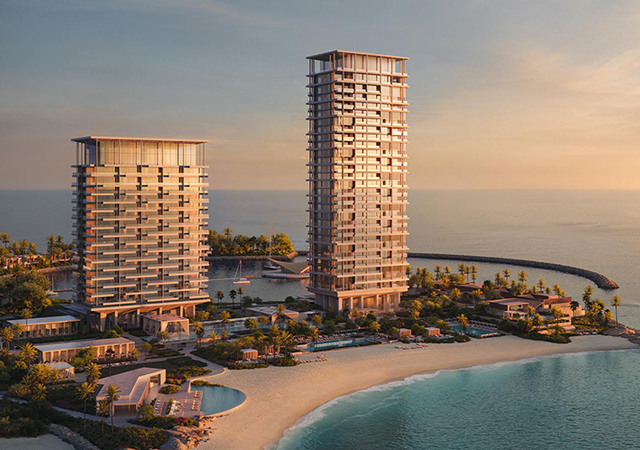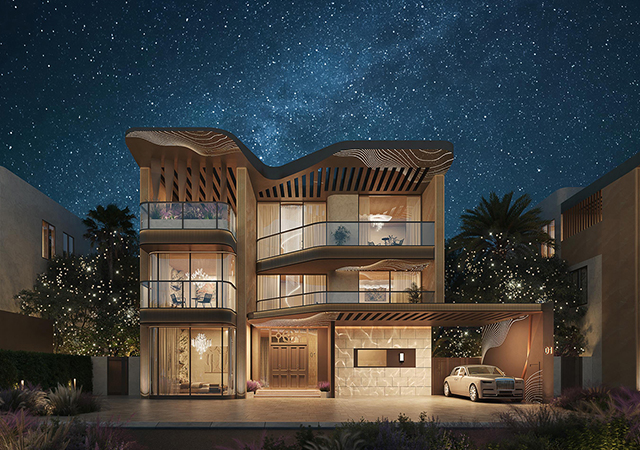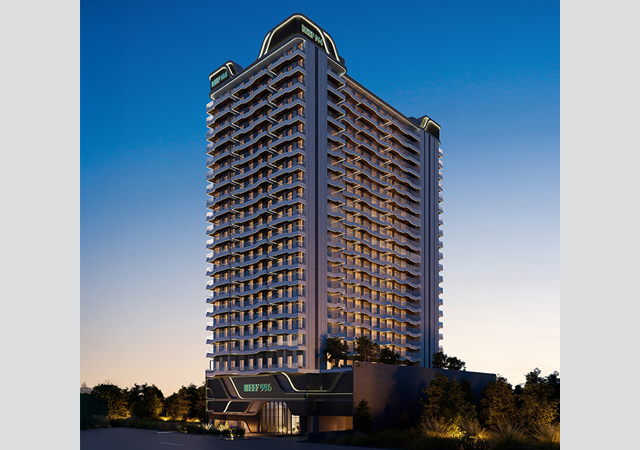 Tones of burgundy and pink can lift up otherwise bland rooms.
Tones of burgundy and pink can lift up otherwise bland rooms.
he aim of decorating the interior of homes or offices is to create a visually-pleasing environment, with lighter shades making a room appear more spacious than darker ones. However, it should be taken into account that different colours can have different effects on a person's mood and behaviour.
Although there are only seven colours in the spectrum, Sigma can create thousands of new hues by mixing combinations of these hues or by adding black or white. The huge variety of shades on offer allows customers to tailor an individual colour scheme for each room.
In order to select the main colour for a room, Sigma suggests that decorators think first of the atmosphere they want to create: perhaps the room in question is to be peaceful and calming, or perhaps a place that stimulates and motivates its occupants to work.
''Colour psychologists have established that the seven spectral colours each have different effects on human moods and emotions. The effects of these colours should be taken into consideration once the room's desired function has been decided. This will help form the colour scheme that best reflects your intentions," says Fred Aalbers, marketing manager of Sigma Paints.
When used in great quantities, bright red can cause stress, but by offering tones of burgundy and pink, Sigma has created a range of colours that can lift an otherwise bland room retaining the desired effect without being too overpowering.
Psychologists have identified the following colour effects:
Orange
This colour enhances feelings of warmth, shelter and physical contentment. It is currently fashionable for areas of the home that are connected with food, as it is believed to be rich and welcoming. Used alongside black however, its warmth and emotions are affected, and the combination may cause a sense of deprivation.
Yellow
Shades of yellow are linked with the ego, emotions and self-esteem. It has the potential to lift spirits while also providing a light and sunny environment. As the impact of this colour can be strong, it is a good idea to select a yellow that is a shade lighter and less intense than the one liked best. A darker shade, such as mustard, has a less powerful effect on emotions, and is therefore slightly more calming than the purest form of this shade.
Green
This colour has a restful quality because it strikes the eye in such a way that requires no muscular adjustment. It also has a reassuring power which is the result of its role in nature, a timeless indication of that water is plentiful and the threat of drought distant. This makes green a very reassuring and supportive colour.
Blue
The focus of blue is the mind and its intellectual activity. Blue helps to encourage reflection, and recent scientific experiments have revealed that exposure to blue light is a successful treatment for psychological problems such as depression and addiction.
Indigo
This deep shade of blue mixed with violet is also known as 'midnight blue'. It has similar qualities to blue, but the intensity of the colour means that reflection can become introversion.
Violet
Historically, violet was associated with royalty and grandeur, and rich shades of this hue still suggest a sense of high standards. Focusing on the higher mind and spirit, violet is physically restful and spiritually uplifting.
All in all, the single most important aspect in creating a colour scheme is balance. After choosing a colour that best reflects the mood desired, Sigma suggests that it be balanced with a contrasting colour. Generally, the longer wavelength colours, red, orange, yellow, and their derivatives, are complemented by the shorter wavelength colours of blue, green, indigo and violet.
For instance, if the room is all blue, it will be cold and uninviting, so Sigma advises the introduction of some yellow or peach, perhaps in the upholstery fabric. Likewise, if the room is predominantly stimulating reds or yellows, it should be balanced with some relaxing green or blue.
Consideration should be given to the role of colour psychology in the development of children and young adults.
Sigma again advises parents to help their children explore the stimulating effects of colour. ''The results may make the whole family aware of both its environment and its emotional well-being. So next time you decorate, consider emotions as a primary factor,'' comments Aalbers.
Sigma Paints Saudi Arabia is the leading company in the development, production and marketing of decorative paint, protective coatings and marine coatings in the Middle East with an annual production capacity of 60,000 tonnes and 250 employees.
In the Kingdom, Sigma Paints is considered to be the largest in its field. Established in 1980, with its own production, storage, research and development facilities in Dammam, Sigma Paints offesr Middle East customers highest quality paints with paint and application solutions.
Sigma's expertise is inherited from its association with Sigma Coatings Holland that was founded in 1722.
Sigma Paints is part of SigmaKalon, the result of a merger in 1999 between Sigma Coatings and Kalon. The new entity is ranked as the fifth-largest paints and coatings manufacturer worldwide. It has a sales turnover of $2 billion and employs 10,000 people in 50 countries across the world.
Sigma Paints has offices in Saudi Arabia, the UAE, Oman, Qatar, Kuwait, Bahrain, Syria, Lebanon and the Republic of Maldives.



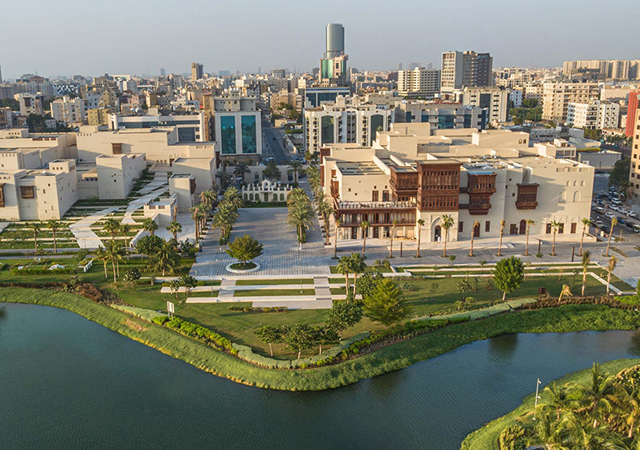





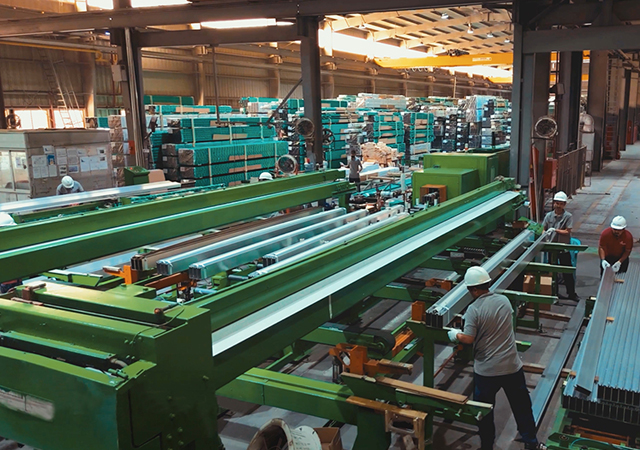



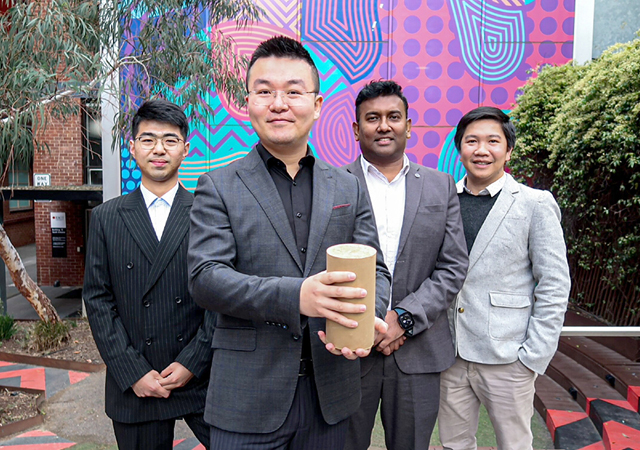
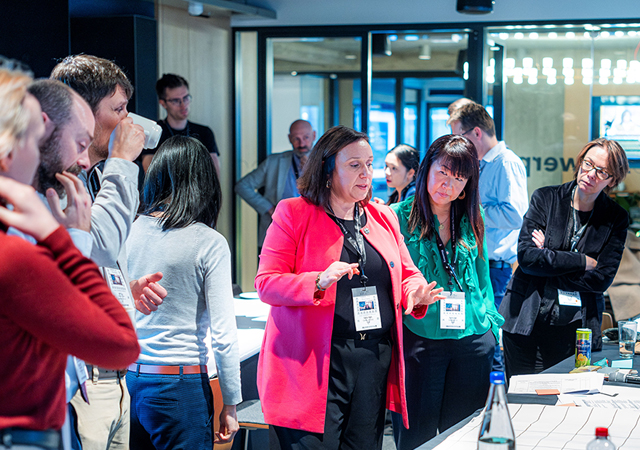


.jpg)
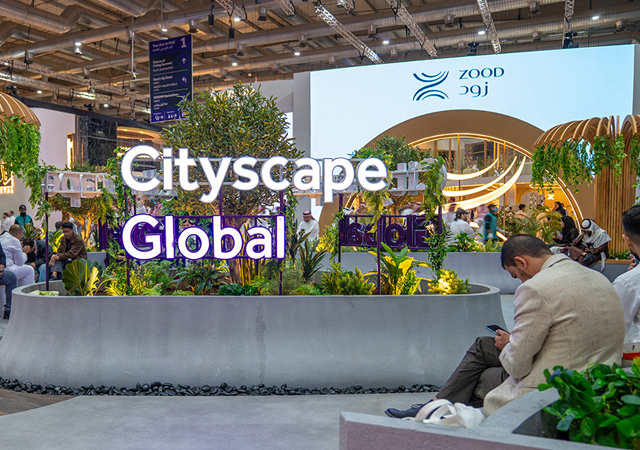


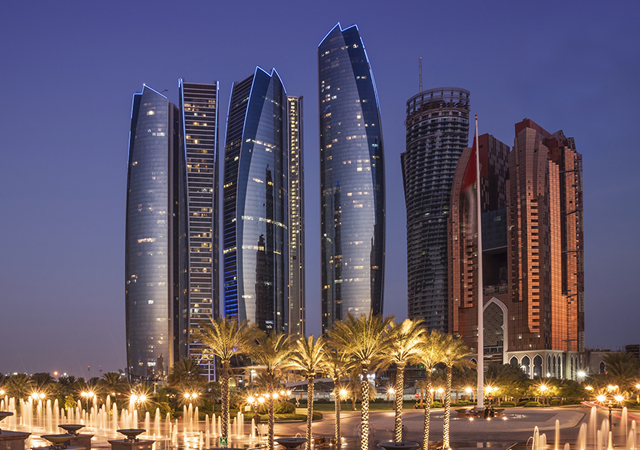


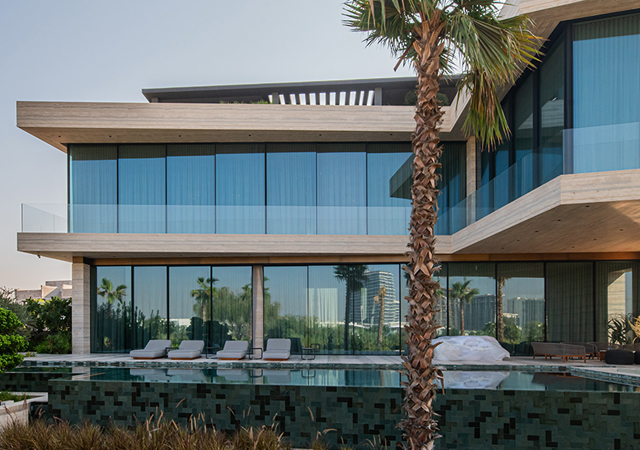






 (1).jpg)







